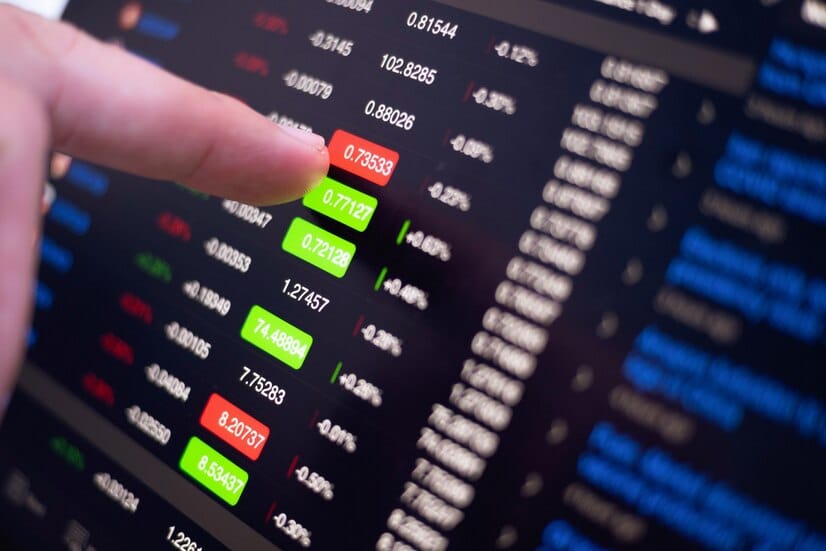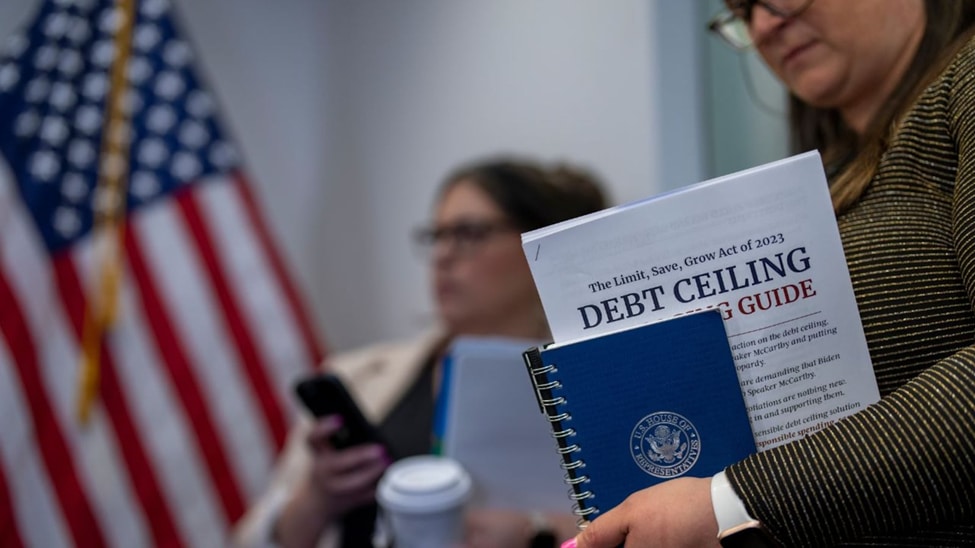Forex is the preferred playground of financial titans. Traders meticulously evaluate several variables to perform a thorough technical analysis. Interest rate is a significant factor that forecasts the condition of an economy, enabling traders to navigate the financial current.
Forex market trends 2025 will most probably imitate the central banks’ interest rate policies. A backdrop or elevation in interest rates may be lucrative for traders worldwide. However, it is unequivocally crucial for traders to develop a nuanced understanding. It allows them to avoid the market’s shortcomings and make the best of available opportunities. Let us discuss the significance of interest rates and their interplay with the forex market.
Why Do Interest Rates Matter?
Interest rates are a fundamental tool used by central banks to manage economic growth and inflation. When a central bank raises interest rates, it often strengthens its currency as higher returns attract foreign capital. Conversely, lower interest rates can weaken a currency as they tend to discourage investment from abroad.
In 2025, we expect a continuation of the trends initiated during the post-pandemic recovery, characterized by varying approaches among central banks. These divergent policies will create both challenges and opportunities in the forex markets.
Central Bank Divergence
The Federal Reserve
The Federal Reserve (Fed) has been at the forefront of interest rate policy discussions, particularly following the COVID-19 pandemic. As of 2023, the Fed’s stance was to gradually increase rates to combat inflation, which peaked in the aftermath of the pandemic. By 2025, we anticipate the Fed will have settled into a more stable interest rate environment, potentially maintaining rates at a higher level than pre-pandemic norms. This steadiness can lead to a strengthening of the US dollar (USD) as investors seek safe-haven assets.
The European Central Bank (ECB)
The European Central Bank (ECB) has faced a different set of challenges, including sluggish economic growth and persistent inflation. While the ECB has begun tightening its monetary policy, it has lagged behind the Fed in rate hikes. By 2025, if the ECB continues to adopt a cautious approach, the euro (EUR) may underperform relative to the USD, particularly if the Fed remains committed to higher rates.
The Bank of Japan (BoJ)
The Bank of Japan (BoJ) has maintained ultra-low interest rates for years in an effort to stimulate growth and combat deflation. In 2025, we may finally see a shift in this policy, especially if inflationary pressures mount. A shift towards normalization of rates could lead to a stronger Japanese yen (JPY), providing an opportunity for traders who anticipate this change.
Emerging Markets
Emerging market central banks will also play a critical role in shaping forex dynamics. Countries like Brazil, South Africa, and Turkey have been grappling with high inflation and currency volatility. Depending on their respective interest rate decisions, these currencies could experience significant fluctuations. For example, a proactive rate hike by the Brazilian Central Bank could lead to a stronger Brazilian real (BRL) against the USD, particularly if the Fed signals a pause in rate increases.
Currency Correlations and Volatility
The relationship between interest rates and currency values leads to distinct patterns in forex correlations. As central banks diverge in their policies, we can expect increased volatility, especially in currency pairs that involve the USD, EUR, and JPY.
Trading the Dollar
With the Fed expected to maintain a hawkish stance, traders should consider strategies that capitalize on USD strength. This could include long positions in currency pairs like USD/EUR and USD/JPY. Additionally, traders should monitor economic indicators such as employment reports and inflation data, as these will influence the Fed’s decisions and, consequently, the dollar’s value.
Euro Strategies
For traders focusing on the euro, the key will be to identify potential catalysts for ECB rate hikes. If economic data out of the Eurozone shows signs of recovery, this could trigger an upward adjustment in interest rate expectations, potentially strengthening the EUR against weaker currencies.
Yen Plays
As we approach 2025, traders should keep a close eye on any signals from the BoJ regarding interest rate normalization. A shift in policy could lead to a significant revaluation of the yen. Pairing the JPY with currencies from economies facing inflationary pressures could yield favorable trading opportunities.
Emerging Market Currencies
For traders interested in emerging markets, a thorough analysis of local economic conditions and central bank policies will be essential. Currency pairs like USD/BRL and USD/TRY could present opportunities for gains if local central banks respond effectively to inflation.
Risks and Considerations
While interest rate policies provide a framework for understanding forex movements, traders must also consider geopolitical risks, economic indicators, and market sentiment. Unforeseen events, such as political instability or natural disasters, can disrupt anticipated trends, leading to abrupt market movements.
Monitoring Economic Indicators
To stay ahead in 2025, traders should pay close attention to key economic indicators. These include inflation rates, employment figures, and GDP growth. Each of these factors can influence central bank decisions and subsequently impact currency valuations.
Staying Informed
Keeping abreast of global economic news and central bank announcements will be critical for forex traders. Utilizing economic calendars, financial news outlets, and market analysis tools can help traders anticipate shifts in market sentiment and make informed trading decisions.
The Bottom Line
The forex market in 2025 will undoubtedly be shaped by the interplay of interest rate policies across the globe. Traders who understand the implications of these policies on currency values and are able to adapt their strategies accordingly will be best positioned to succeed. By keeping an eye on central bank decisions, monitoring economic indicators, and remaining flexible in their trading approach, forex traders can navigate the challenges and opportunities that lie ahead.
As we move closer to 2025, the landscape of forex trading will continue to evolve, and staying informed will be the key to capitalizing on the trends driven by interest rate policies.





